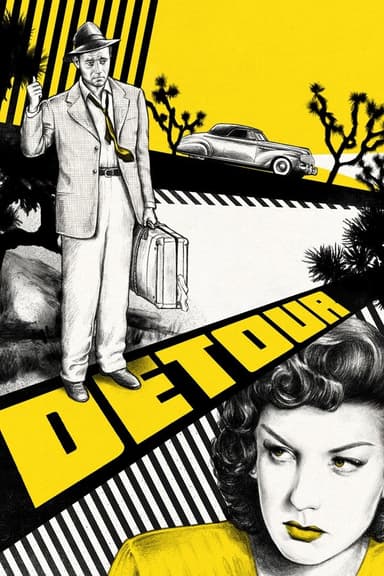
The Breaking Point
1950 • Crime, Drama • NR
A fisherman with money problems hires out his boat to transport criminals.
Runtime: 1h 37m
Why you should read the novel
Ernest Hemingway’s novel, To Have and Have Not, offers a raw and unfiltered look at survival, morality, and class struggle in 1930s Key West and Cuba. The depth and complexity Hemingway weaves into his characters reveal far more about their hopes and despairs than any film adaptation can. Through the book’s unforgettable prose and vivid atmosphere, you’ll experience every nuance of Harry Morgan’s journey in a way only Hemingway’s writing can provide.
Reading the original novel instead of relying solely on the movie uncovers Hemingway’s piercing social commentary and the existential dilemmas that haunt the protagonist. The novel’s narrative structure and lyrical language give insight into the characters’ inner lives, building a richer emotional resonance. With Hemingway, the grit isn’t just visual—it’s felt on a deeper, philosophical level.
If you truly want to understand the complexities behind the choices and conflicts at the heart of The Breaking Point’s story, the source novel is essential reading. Hemingway’s capacity for realism and his sharp observations on poverty, desperation, and humanity create a far more immersive and provocative experience than what can be captured on screen.
Adaptation differences
One of the major differences between The Breaking Point and Hemingway’s To Have and Have Not is the setting and social backdrop. While the novel takes place in Depression-era Key West and Cuba, exploring the economic and class struggles of that time, the film shifts the story to postwar California, adjusting the context and tone to resonate with contemporary audiences of the 1950s.
Characterization diverges significantly as well. In Hemingway’s novel, Harry Morgan is depicted as a morally ambiguous boat captain who is both driven and desperate, ultimately becoming a tragic figure shaped by his circumstances. The film, on the other hand, emphasizes Harry’s decency and everyman qualities, shaping him as a more relatable and sympathetic family man rather than a deeply flawed anti-hero.
Another difference lies in the narrative structure and focus. Hemingway’s book employs multiple perspectives and delves into secondary characters’ lives, painting a broader picture of society and the times. In contrast, the film centers almost exclusively on Harry’s personal journey, removing much of the ensemble storytelling that gives the novel its complexity.
Finally, the tone and conclusion differ notably. The novel is stark and violent, true to Hemingway’s unflinching themes of struggle and survival, ending on a note of bleak realism. The film adaptation lessens the harshness of the ending and includes elements of hope and redemption, altering the original’s existential gravity to fit the conventions and sensibilities of Hollywood in the 1950s.
The Breaking Point inspired from
To Have and Have Not
by Ernest Hemingway









